U.S. Speaker of the House Nancy Pelosi’s controversial visit to Taipei earlier this month carried political ripple effects beyond the Taiwan Strait into South Korea. Traveling directly from Taipei to Seoul, Pelosi was allegedly “snubbed” at the airport when no official delegation arrived to greet her. Moreover, the presidential office informed Pelosi that South Korean President Yoon Suk Yeol was on vacation and would not be able to meet in person (although he did hold a 40 minute phone call with her).
A few days later, South Korean Foreign Minister Park Jin traveled to Beijing to meet his Chinese counterpart, leading to speculation that Seoul was placating Beijing to avoid confrontation with China. Yet, despite the optics of reverting to a “balanced” approach toward Beijing and Washington, the Yoon government will likely stay on course to increase its engagement with U.S. allies and partners in the Indo-Pacific.
Regional perceptions of South Korean foreign policy
Among U.S. treaty allies, South Korea until recently had been relatively quiet on the Indo-Pacific front. There are still lingering doubts about South Korea’s role as a regional partner, even though the Yoon government has repeatedly stated its intent to engage more deeply with other Indo-Pacific countries and become a “global pivotal state”.
Perceptions of South Korea’s strategic marginalization in the Indo-Pacific area exist beyond anecdotes. For instance, Japan’s Ministry of Foreign Affairs did not include South Korea in its 2021 Diplomatic Blue Book in the section discussing Indo-Pacific cooperation, even though countries outside of Asia such as the United Kingdom, France, Germany, and the Netherlands were included. In Southeast Asia, a survey conducted by the ASEAN Studies Centre at ISEAS – Yusof Ishak Institute (a research institute in Singapore) revealed South Korea’s low standing among Southeast Asian thought leaders. When asked which countries had the “strongest confidence to provide leadership and uphold a rules-based order” South Korea ranked ninth out of 10, below Australia and New Zealand.
Such perceptions are not unwarranted. Seoul was slow to embrace the Indo-Pacific concept after the Trump administration released its Free and Open Indo-Pacific strategy in 2017. This contrasted with other U.S. allies which had adopted or were in the midst of drafting their own version of an Indo-Pacific strategy. Allies such as Australia, Japan, and the United Kingdom, and regional actors such as the Association of Southeast Asian Nations (ASEAN) tended to interpret South Korean regional strategy as focused more on the Korean Peninsula and Northeast Asia. Seoul also kept a healthy distance from U.S.-led regional coalitions such as the Quad and avoided criticizing China on human rights issues because of ongoing economic coercion.
Recent events — including Yoon’s misstep with Pelosi’s visit, Park Jin’s meeting with Chinese Foreign Minister Wang Yi, and Seoul’s deeper reservations in joining the Biden administration’s “Chip 4” semiconductor supply chain alliance — have raised questions whether South Korea will press on with raising its Indo-Pacific profile. Yoon’s low domestic approval ratings may also hinder Seoul’s ability to implement key foreign policy goals, such as improving relations with Japan.
South Korea’s Indo-Pacific path
Yet, domestic hurdles and Chinese pressure notwithstanding, South Korea still appears on course to expand its strategic role in the Indo-Pacific.
First, South Korea is currently drafting its own version of an Indo-Pacific strategy to be released by the end of this year. The strategy will likely include a strong Southeast Asia component, incorporating elements of the previous government’s New Southern Policy (NSP), which was aimed at advancing ties with India and ASEAN. It will also address issues related to economic security, which are confronting like-minded Indo-Pacific partners. It may also incorporate language evoking norms and values to strengthen a rules-based international order.
Second, moving beyond rhetoric, South Korea and Japan have taken early steps to improve bilateral relations and strengthen their trilateral relationship with the United States. At the bilateral level, the two countries’ foreign ministers have met three times in a span of three months. In their most recent meeting on July 18, Foreign Ministers Yoshimasa Hayashi and Park Jin agreed to work together in response to North Korea’s nuclear threat and find a solution to address Japan’s use of forced Korean wartime labor. Several trilateral level meetings with the United States at all levels have also taken place, including a brief meeting between Yoon, U.S. President Joe Biden, and Japanese Prime Minister Fumio Kishida briefly on the sidelines of the NATO summit in late June.
Third, South Korea agreed to join the U.S. Indo-Pacific Economic Framework, and is likely to join the Chip 4 despite objections from China. The Yoon government is treading lightly on the Chip 4, referring to the grouping as a “supply chain consultative body” rather than an “alliance” to suggest it is not excluding Beijing. Nevertheless, in pursuit of its own economic security, South Korea indicated it will join a preliminary meeting of the Chip 4.
Given its geostrategic position in Northeast Asia, South Korea will continue to be pressed between Beijing and Washington, regardless of whether a conservative or progressive government holds power. China’s response to South Korea’s actions in the Indo-Pacific will for sure weigh on the conservative Yoon government, as indicated by Seoul’s response to Pelosi’s visit to South Korea earlier this month.
However, as Seoul’s sharp rebuttal of Beijing’s claim that South Korea agreed to limit the deployment of a U.S. missile defense system on its territory suggests, South Korea will continue to lean toward Washington as it carves out its strategic path in the Indo-Pacific.
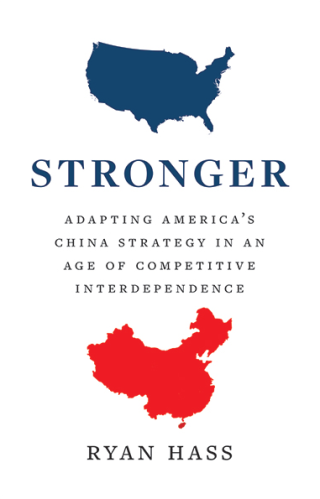
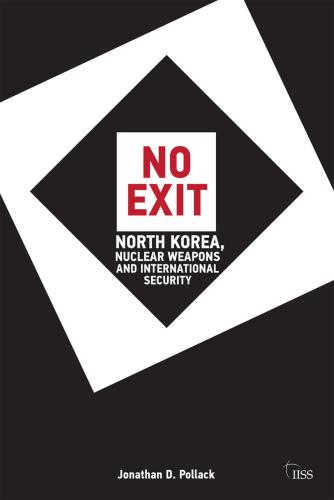
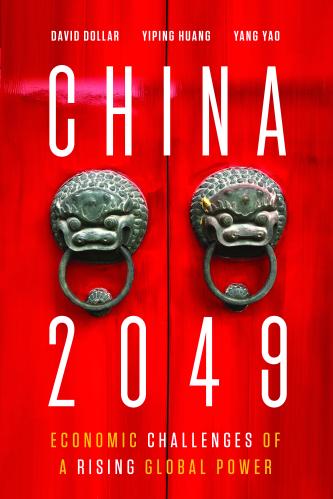
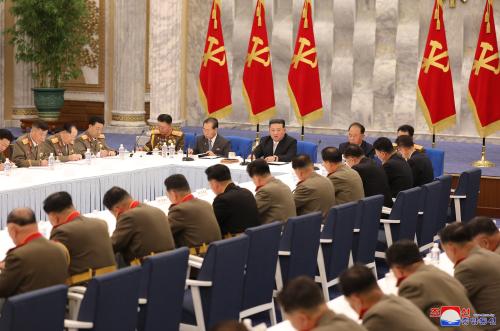

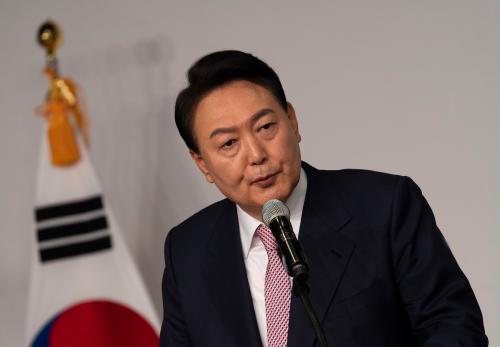

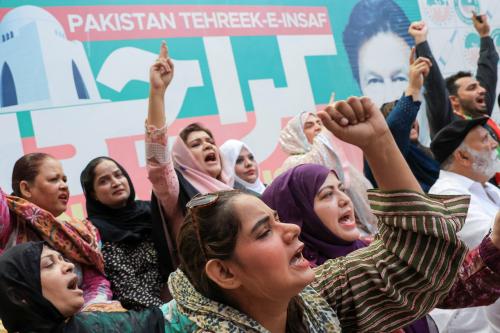
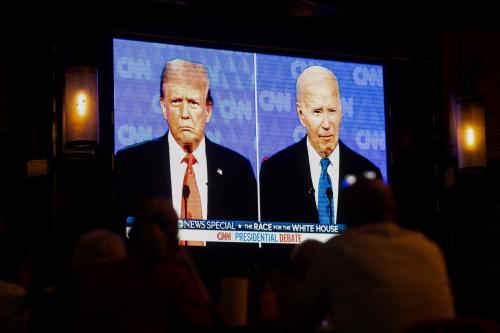

Commentary
Can South Korea chart a path between the US and China in the Indo-Pacific?
August 15, 2022